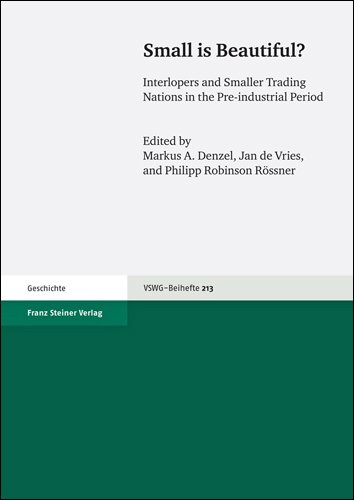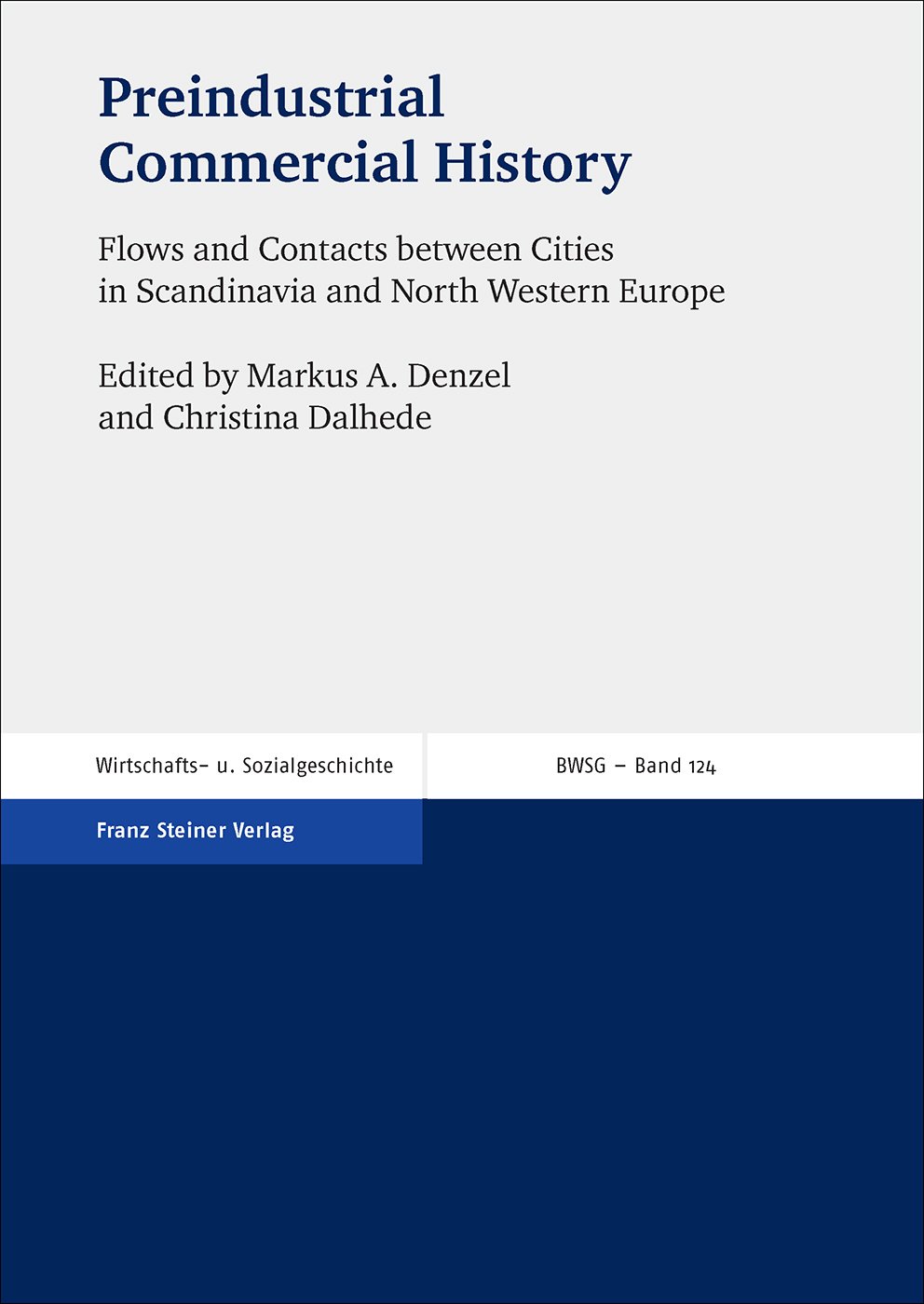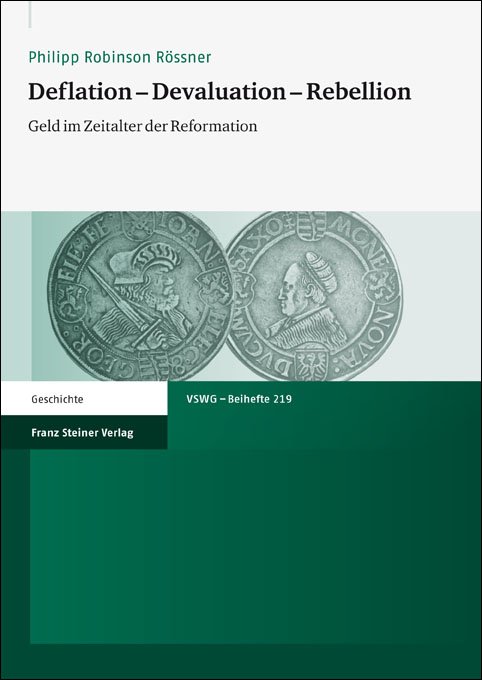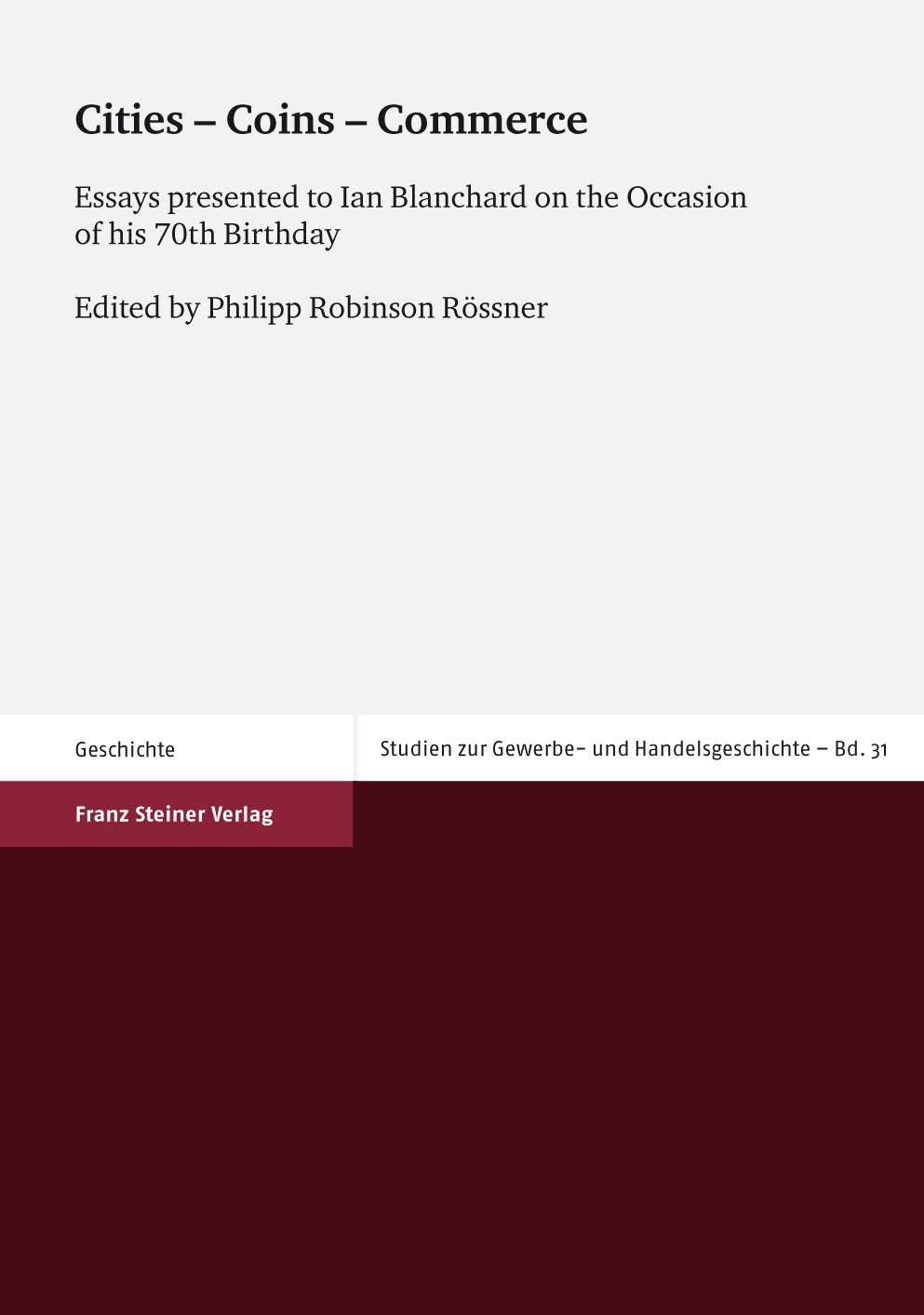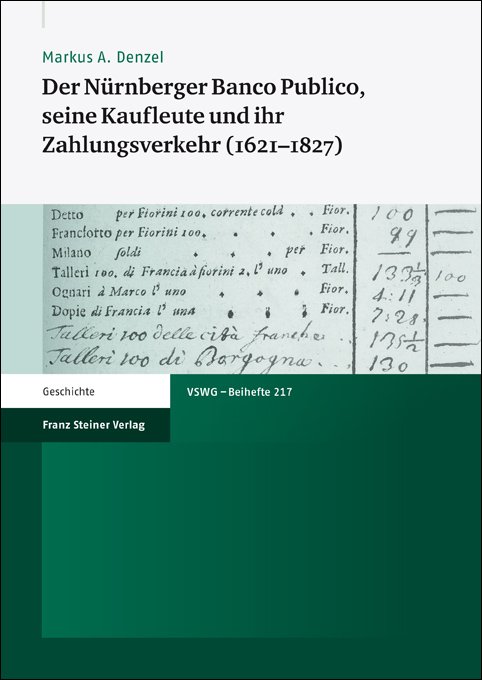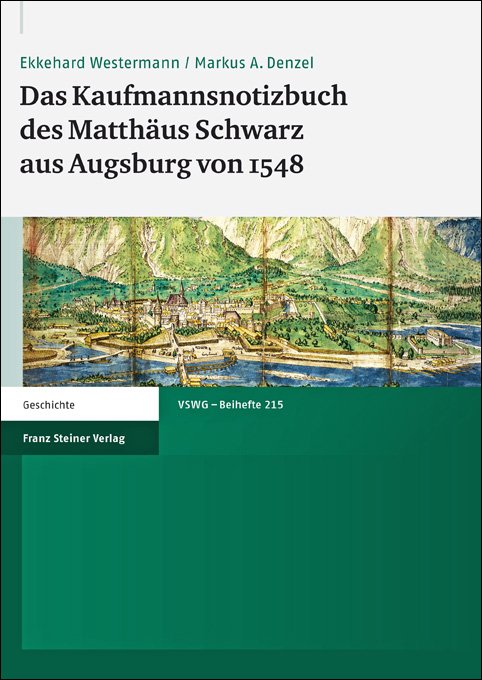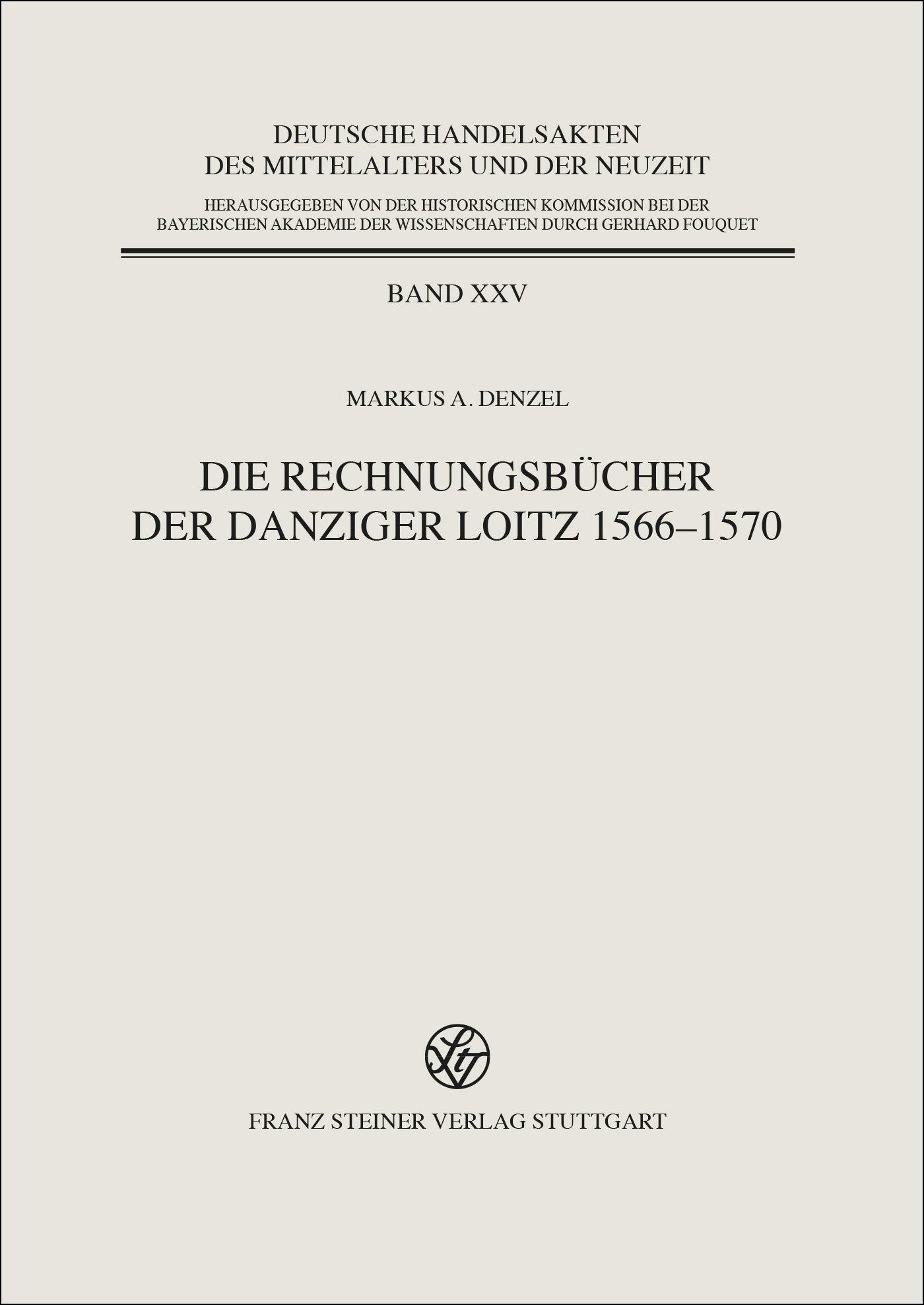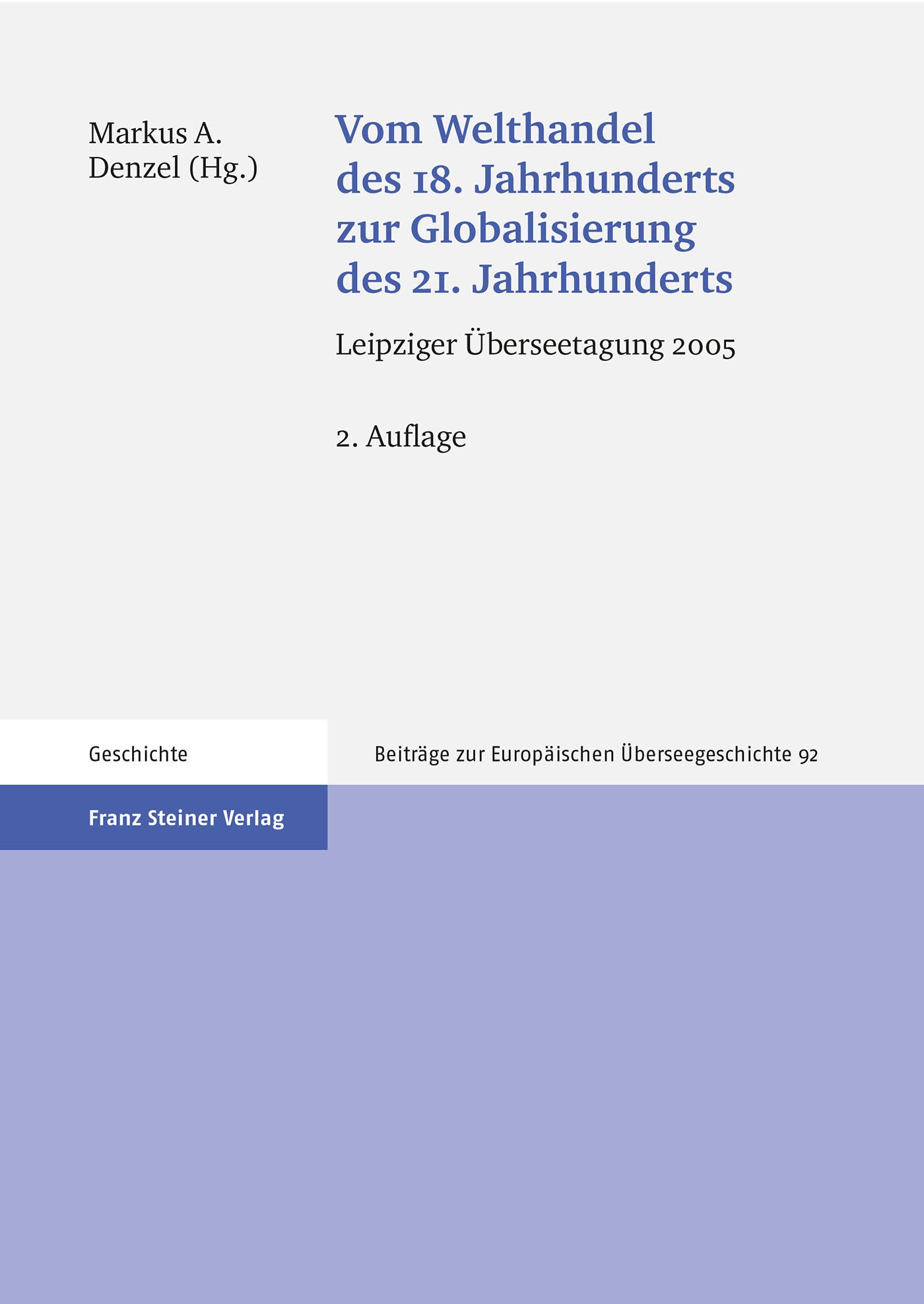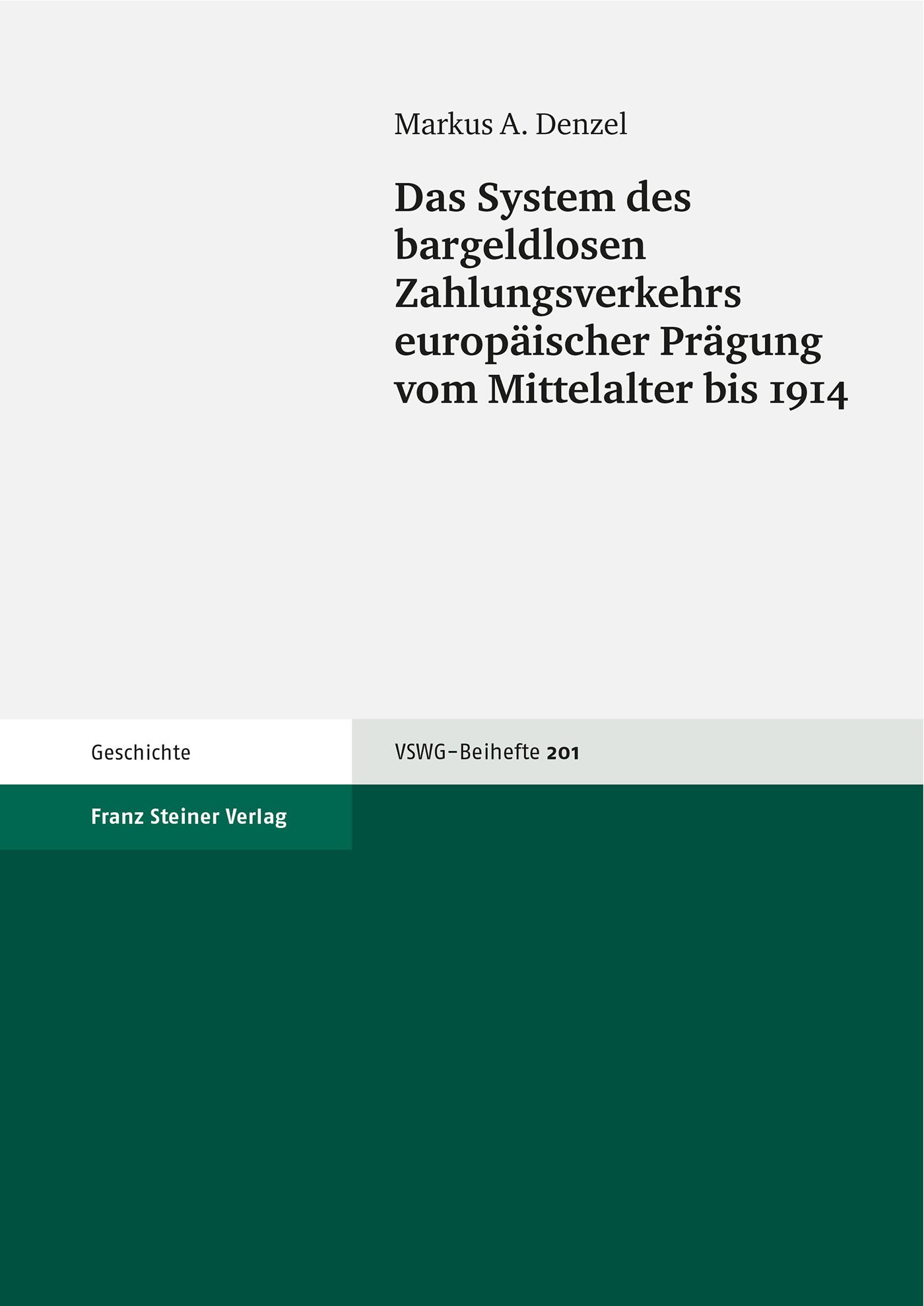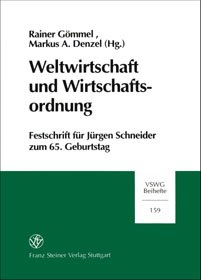Small is Beautiful?
Small is Beautiful?
"Überaus positiv zu erachten ist, dass das Thema auch abseits der 'klassischen' (das heißt quantitativen) Zugänge bearbeitet wurde, was zahlreiche unerwartete, neue Einblicke ermöglicht. Zu der erheblichen Forschungslücke hinsichtlich des vormodernen Kolonialhandels abseits von 'big players' (Niederlande, England) und größeren Handelsgesellschaften liefert der Band vielfältige Einsichten und behält darüber hinaus […] übergreifende Fragen wie die illegaler oder semi-legaler Transaktionen, Modalitäten des Kulturaustausches oder der Migration im Blick."
Georg Stöger, www.sehepunkte.de/2012/04/20834.html
"Die Stärke des vorliegenden Sammelbandes [liegt] im empirischen Gehalt der Beiträge, die ein differenziertes Bild der Handlungsspielräume und kommerziellen Strategien "kleiner" wirtschaftlicher Akteure im 17. und 18. Jahrhundert entwerfen."
Mark Häberlein, Periplus 21, 2011
| Reihe | Vierteljahrschrift für Sozial- und Wirtschaftsgeschichte – Beihefte |
|---|---|
| Band | 213 |
| ISBN | 978-3-515-09839-7 |
| Medientyp | Buch - Kartoniert |
| Auflage | 1. |
| Copyrightjahr | 2011 |
| Verlag | Franz Steiner Verlag |
| Umfang | 278 Seiten |
| Abbildungen | 19 s/w Abb., 21 s/w Tab., 7 Grafiken und 2 Karten |
| Format | 17,0 x 24,0 cm |
| Sprache | Englisch |
